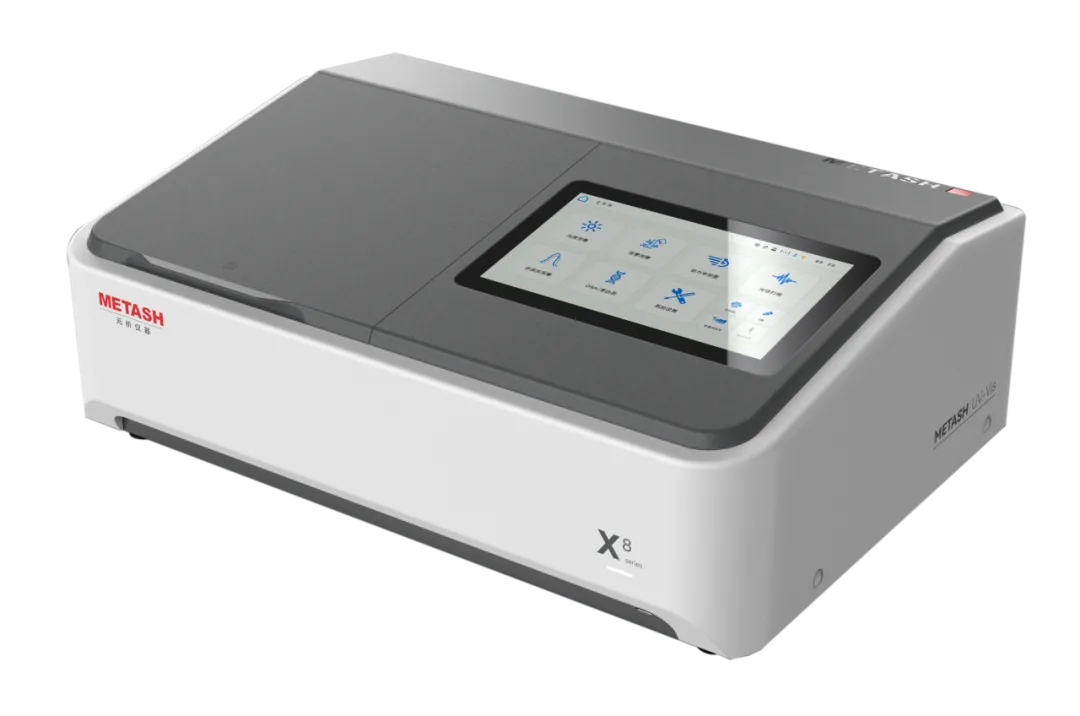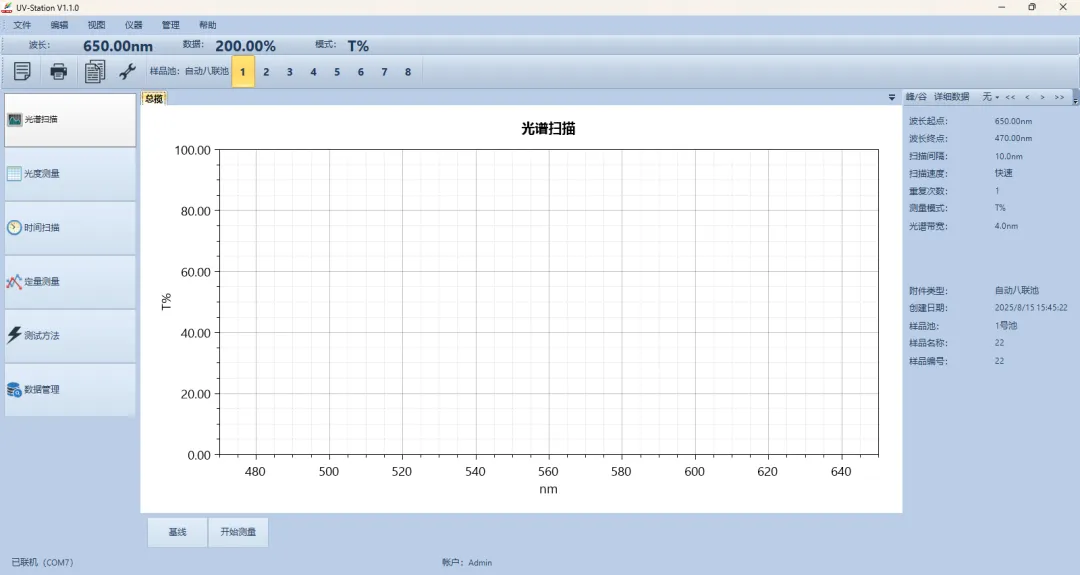- This topic is empty.
-
AuthorPosts
-
2025-08-20 at 6:37 pm #7344
On August 1, 2025, a significant update in the field of boiler water and cooling water testing was introduced with the implementation of a new national standard in China. This standard, GB/T 45131-2025, titled "Methods for Analysis of Boiler Water and Cooling Water—Determination of Phosphate, Chloride, Silicate, Total Alkalinity, Phenolphthalein Alkalinity, Hardness and Iron by Spectrophotometry Based on Discontinuous Flow Analysis System," has filled a technical gap in the domestic boiler water testing domain. In this blog post, Metash Instruments, a high precision laboratory analysis equipment exporter, shares how its touch screen UV visible spectrophotometer meets the new standards.
New Standard: A Leap Forward in Boiler Water Testing
Boiler water and cooling water quality directly impact the safe operation and energy efficiency of industrial equipment. Abnormal levels of components such as phosphate, chloride, and silicate can lead to equipment corrosion, scaling, and even severe accidents. Historically, China has lacked a standardized method for boiler water testing, especially in the context of spectrophotometry based on discontinuous flow analysis systems. Traditional testing methods have been cumbersome, inefficient, and inconsistent across different laboratories.
The introduction of GB/T 45131-2025 addresses these issues by providing a unified, standardized, and intelligent testing method. This standard specifies the detection ranges and methods for seven key indicators:
– Phosphate (PO₄³⁻): 1.00 mg/L to 50.00 mg/L
– Chloride (Cl⁻): 10.00 mg/L to 100.00 mg/L
– Silicate (Si): 0.10 mg/L to 6.00 mg/L
– Total Alkalinity: 0.50 mmol/L to 8.00 mmol/L
– Phenolphthalein Alkalinity: 0.50 mmol/L to 5.00 mmol/L
– Hardness (Ca²⁺, Mg²⁺): 0.50 mmol/L to 1.75 mmol/L
– Iron (Fe): 0.10 mg/L to 10.00 mg/L

Role of Touch Screen UV-Vis Spectrophotometer
The touch screen UV-Vis spectrophotometer, such as the X-8D model from Metash Instruments, is a core device for implementing this standard. Its advanced features are essential for meeting the high-precision requirements of GB/T 45131-2025.
High-Precision Optical System
The spectrophotometer must have a high-precision optical system to ensure accurate and stable results. The wavelength accuracy should be within ±0.3 nm, and the wavelength repeatability should be better than 0.1 nm. The stray light level should be ≤0.03%T, which is critical for accurate measurements in low-absorption samples.
Wide Dynamic Detection Range
The instrument should have a wide absorbance range of -0.3 to 4.0 Abs to accommodate various sample concentrations. The absorbance accuracy should be within ±0.3%T, ensuring reliable measurements across the entire range.
Stable and Reliable Performance
The spectrophotometer must maintain stable performance over long periods. The baseline drift should be controlled to within 0.001 Abs/h, and the noise level should be below ≤0.3%T. These specifications ensure consistent results even during extended testing sessions.
Intelligent Analysis Software
The touch screen UV-Vis spectrophotometer is equipped with intelligent analysis software that can perform various functions, including photometric measurements, spectral scans, and quantitative calculations. This software enhances the efficiency and accuracy of the testing process, making it easier for operators to manage and analyze data.

Advantages of New Standard Method
The implementation of the new standard brings several advantages to the boiler water testing industry:
– Increased Efficiency: The discontinuous flow analysis system supports batch sample testing, significantly reducing laboratory work cycles compared to traditional methods.
– Improved Data Comparability: The standardized method ensures that results from different laboratories are comparable, providing a reliable basis for water quality management and regulatory supervision.
– Cost Optimization: Standardized testing reduces the need for repeat testing and minimizes disputes over results. It also lowers reagent consumption and waste disposal costs.
– Smart Laboratory Transition: The integration of the standard with new detection technologies promotes the transformation of traditional water quality laboratories into smarter, more automated facilities.
Industry Impact
The implementation of GB/T 45131-2025 has far-reaching implications for the water testing industry:
– Instrumentation Industry: The new standard raises the bar for UV-Vis spectrophotometers, driving the development of higher precision and smarter domestic instruments.
– Laboratory Capacity Building: Testing institutions will need to update their equipment and methods, enhancing the technical capabilities and service quality of water quality testing laboratories.
– Water Treatment Industry: The standard provides a more reliable method for evaluating the effectiveness of water treatment chemicals, promoting product optimization and innovation.
– Special Equipment Safety: Accurate water quality monitoring helps prevent accidents caused by poor water quality in boilers and other special equipment, ensuring industrial safety.
Conclusion
With the implementation of GB/T 45131-2025 and the development of supporting standards such as the "Guidelines for Verification and Evaluation of Domestic Detection Instruments—UV-Vis Spectrophotometer," China's water testing industry is entering a new era of higher precision, stronger intelligence, and better compatibility. Metash Instruments, with its high-precision devices and "spectrophotometric technology," is at the forefront of this transformation. The company is not only a key technical supporter of the new standard but also a co-builder of the standard, helping to elevate domestic scientific instruments from compliance to rule-setting.
In the future, high-precision devices represented by Metash will continue to provide robust support for industrial safety and efficient water resource utilization, reshaping the global water testing market.
http://www.metashcorp.com
Metash -
AuthorPosts
- You must be logged in to reply to this topic.
